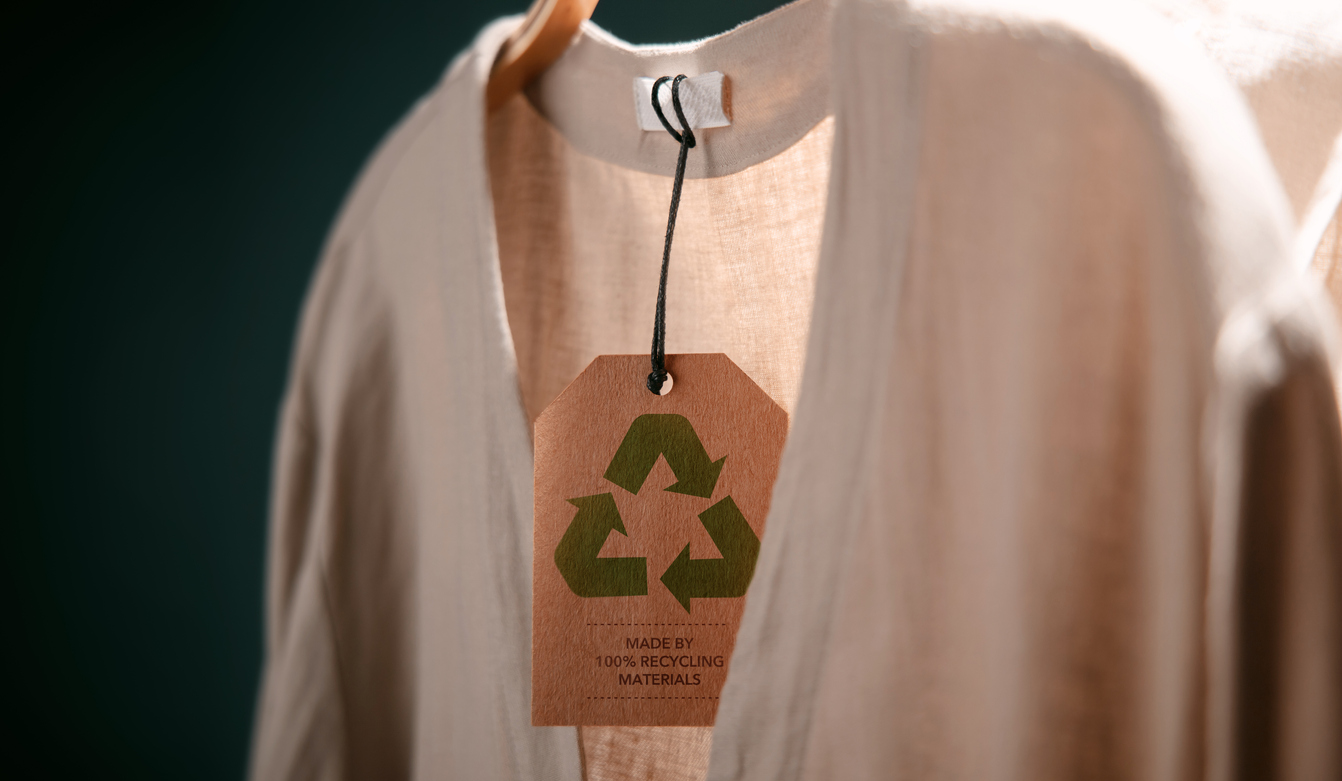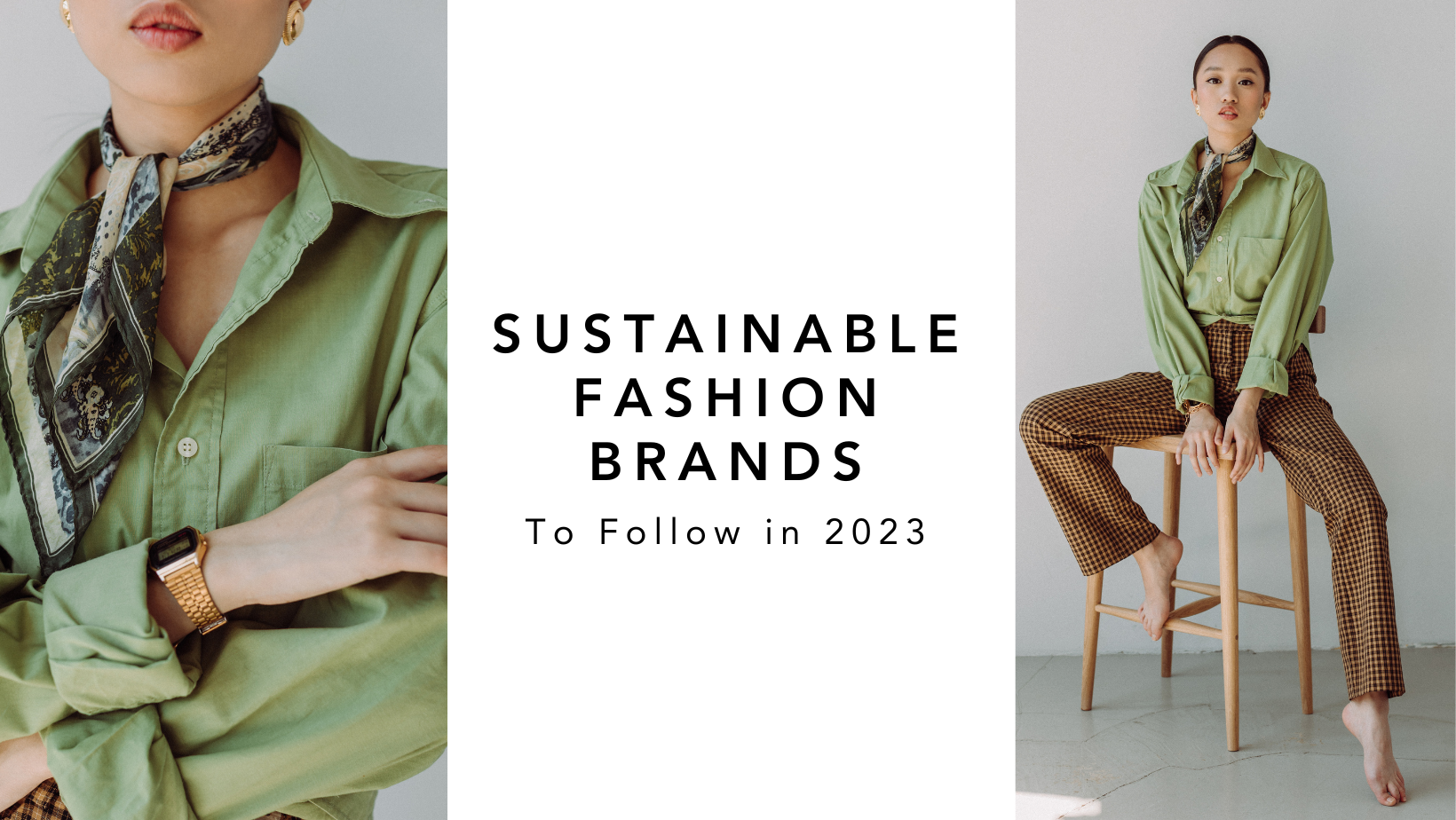Supporting Neighborhood Cape Town Sustainable Fashion for a Greener Future
Supporting Neighborhood Cape Town Sustainable Fashion for a Greener Future
Blog Article
Stay Ahead of the Contour by Exploring Cutting-edge Style Fads
In a sector as dynamic as style, staying ahead includes even more than simply adhering to present fads-- it requires an exploration of technology. The merging of innovation and style declares a new period of consumer engagement.

Welcoming Smart Textiles
In the last few years, the apparel industry has witnessed a transformative change with the combination of clever fabrics, a sophisticated technology that blends modern technology with textile. This development stands for not just a blend of appearances and functionality however also a substantial jump towards sustainability and customization in fashion. Smart textiles, likewise called e-textiles, installed innovative electronic devices such as sensing units and conductive strings within the fabric, making it possible for garments to engage with the environment or the user.
These fabrics are made to check physical specifications, such as heart rate or body temperature level, supplying real-time health analytics. Beyond wellness applications, smart textiles are additionally being used for flexible garments, which can transform shade or pattern in response to environmental stimulations, therefore supplying a vibrant style experience.
Additionally, the development of energy-harvesting fabrics that produce power from movement or sunlight is leading the means for self-dependent wearable technology. This technology is interesting eco aware customers and developers intending to minimize the environmental footprint of fashion. As r & d in this area advance, smart textiles are expected to become progressively widespread, reshaping the landscape of modern-day fashion with their multifunctional abilities.
The Surge of 3D Printing
Changing the production landscape, 3D printing has become a game-changer in the apparel industry. This advanced technology has actually allowed developers to push the limits of creative thinking, creating elaborate and tailored garments that were formerly unbelievable. By leveraging digital layout and additive production, 3D printing assists in the development of intricate geometries and patterns, enabling designers to trying out new appearances and structures.
A notable advantage of 3D printing in vogue is its ability to create on-demand, decreasing waste and lowering stock demands. This performance not just optimizes production processes but additionally enables quick prototyping, enabling designers to bring their visions to life in a much shorter timeframe. Moreover, 3D printing supports customization somewhat unequaled by traditional methods, offering individualized fits and unique layouts customized to private customer preferences.
The increase of 3D printing has likewise democratized style, making it easily accessible to arising developers who can currently produce top notch pieces without considerable economic investment in typical manufacturing facilities. As innovation continues to advance, the garment industry is poised to harness the full possibility of 3D printing, checking out new products and strategies that will undoubtedly redefine how fashion is conceived and produced.
Lasting Style Developments
As the fashion business faces the pressing need for ecological duty, lasting style advancements have actually arised at the leading edge of transformative change. The expanding recognition of environmental impact has fueled a change towards more eco-conscious methods and materials. Developers and brand names are currently focusing on sustainability, incorporating techniques that reduce waste and lower carbon impacts.
One considerable growth is the surge of circular fashion, which stresses recycling and upcycling to prolong the lifecycle of garments. This strategy not only lowers waste yet also encourages customers to take on a more mindful strategy to apparel intake. Furthermore, making use of lasting products, such as natural cotton, hemp, and recycled polyester, has acquired traction. These materials need less water and energy during manufacturing, substantially decreasing ecological impact.
Another innovation hinges on the adoption of cutting-edge dyeing methods that utilize natural dyes or waterless processes, thus minimizing the substantial quantities of water and chemicals commonly made use of in fabric dyeing. Moreover, advancements in biotechnology have caused the development of lab-grown natural leather and textiles, supplying cruelty-free and ecologically pleasant choices to traditional materials. Through these pioneering initiatives, the garment industry is making significant strides in the direction of a much more lasting future.

Tech-Integrated Garments
Tech-integrated garments stands for a cutting-edge fusion of fashion and modern technology, improving how people interact with their clothing. This cutting-edge domain is marked by the addition of clever fabrics and embedded electronic elements, enhancing both performance and visual allure. From health and fitness trackers installed in sportswear to heated coats managed via mobile phone applications, tech-integrated clothing supplies customers unprecedented ease and versatility.
Introducing brands are driving this pattern, concentrating on creating garments that react to environmental stimuli or customer commands. For example, some garments can alter shade or pattern in response to temperature level shifts, while others integrate biometric sensing units to monitor wellness metrics like heart price or tension degrees. The seamless integration of technology into fabrics additionally includes environmental sustainability, with initiatives to develop self-cleaning fabrics or garments that adapt to weather, thus decreasing the need for multiple layers.
Additionally, the introduction of wearable innovation is not just restricted to apparel but includes accessories like watches and eyewear, more widening the scope of tech-integrated style. As the industry continues to introduce, the capacity for customization and personalization in garments grows, providing customers special, tech-enhanced fashion experiences that accommodate their specific requirements and choices.
Future of Virtual Style
In the last few years, the future of virtual fashion has become a transformative pressure within Read Full Article the sector, leveraging advancements in digital modern technology to redefine just how style is produced, experienced, and consumed. By integrating augmented fact (AR), virtual fact (VR), and 3D layout devices, developers can currently craft interactive and immersive experiences that go beyond typical style boundaries. Digital fashion permits for the development of garments that exist only in electronic atmospheres, providing countless opportunities for advancement without the constraints of physical manufacturing.
This digital shift not only presents opportunities for imaginative expression but additionally addresses sustainability worries inherent in typical their explanation style methods. Cape Town Sustainable Fashion. By removing the demand for physical sources, online style lowers waste and minimizes carbon impacts. Additionally, the increase of online fashion lines up with the raising customer demand for personalized and one-of-a-kind experiences, as online garments can be tailored and tailored to individual choices easily

Final Thought
The fashion sector's future hinge on the integration of cutting-edge technologies and sustainable practices - Cape Town Sustainable Fashion. Smart textiles and tech-integrated apparel are boosting capability, while 3D printing uses possibilities for personalization and waste decrease. Sustainable fashion, via circular methods and environment-friendly products, shows a dedication to ecological stewardship. In addition, online fashion is poised to redefine consumer interactions. Adapting to these trends is essential for brands looking for to continue to be pertinent and competitive in this swiftly developing landscape.
In recent years, the fashion industry has witnessed a transformative change with the integration of wise textiles, an innovative innovation that mixes modern technology with fabric.As the style industry grapples with the pushing requirement for environmental responsibility, lasting style advancements have emerged at the forefront of transformative change.In current years, the future of virtual style has emerged as a transformative pressure within the industry, leveraging advancements in digital modern technology to redefine just how fashion is developed, experienced, and consumed. The surge of online style lines up with the boosting customer demand for special and tailored experiences, as virtual garments can be tailored and customized to specific choices with simplicity.
The fashion market's future lies in the integration of innovative innovations and lasting techniques.
Report this page